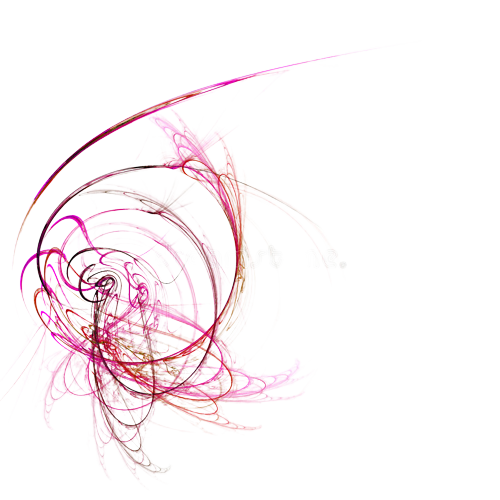How do you explain diabetes insipidus?
Diabetes insipidus (die-uh-BEE-teze in-SIP-uh-dus) is an uncommon disorder that causes an imbalance of fluids in the body. This imbalance leads you to produce large amounts of urine. It also makes you very thirsty even if you have something to drink.
What are the 4 types of diabetes insipidus?
There are four types of diabetes insipidus:
- central diabetes insipidus.
- nephrogenic diabetes insipidus.
- dipsogenic diabetes insipidus.
- gestational diabetes insipidus.
What is the pathophysiology of diabetes insipidus?
Diabetes insipidus is caused by abnormality in the functioning or levels of antidiuretic hormone (ADH), also known of as vasopressin. Manufactured in the hypothalamus and stored in the pituitary gland, ADH helps to regulate the amount of fluid in the body.
What is diabetes insipidus and how is it treated?
Central diabetes insipidus. Typically, this form is treated with a synthetic hormone called desmopressin (DDAVP, Nocdurna). This medication replaces the missing anti-diuretic hormone (ADH) and decreases urination. You can take desmopressin in a tablet, as a nasal spray or by injection.
What does Hyposecretion of ADH cause?
A person who lacks ADH due to pituitary damage suffers from a disorder known as diabetes insipidus and constantly excretes large volumes of dilute urine. Such a person is in danger of becoming severely dehydrated and succumbing to dangerously low blood pressure. Diabetes mellitus is insulin dependent diabetes.
What color urine indicates diabetes?
Diabetes can cause cloudy urine when too much sugar builds up in your urine. Your urine may also smell sweet or fruity. Diabetes can also lead to kidney complications or increase risk of infections of the urinary tract, both of which can also make your urine appear cloudy.
What is glycosuria?
Renal (kidney) glycosuria is a rare condition in which too much of the simple sugar glucose is removed through the urine. This happens even though there are normal or low levels of glucose in the blood. When the kidney is working correctly, glucose is only removed into the urine when there is too much in the blood.
Where is ADH secreted?
ADH is a substance produced naturally in an area of the brain called the hypothalamus. It is then released by the pituitary gland at the base of the brain.
Which hormone is responsible for diabetes insipidus?
Diabetes insipidus is caused by problems with a chemical called vasopressin (AVP), which is also known as antidiuretic hormone (ADH). AVP is produced by the hypothalamus and stored in the pituitary gland until needed. The hypothalamus is an area of the brain that controls mood and appetite.
What foods increase ADH?
| Food commodities | ADH activity (%) | |
|---|---|---|
| Ananas comosus (pineapple) | 39.28 ± 2.98j | −30.35 ± 3.06g |
| Punica granatum (pomegranate) | 67.97 ± 6.95m | −22.48 ± 4.75h |
| Actinidia deliciosa (kiwi fruit) | 38.80 ± 6.29j | −20.09 ± 4.48h |
| Citrus limon (L.) (lemon) | 47.39 ± 8.76k | −19.59 ± 4.12h |
Is potassium high or low in diabetes insipidus?
Hypokalemia (low serum potassium level) is a common electrolyte imbalance that can cause a defect in urinary concentrating ability, i.e., nephrogenic diabetes insipidus (NDI), but the molecular mechanism is unknown.
Where is aldosterone made?
the adrenal cortex
Aldosterone is a steroid hormone synthesized in and secreted from the outer layer of the adrenal cortex, the zona glomerulosa.
